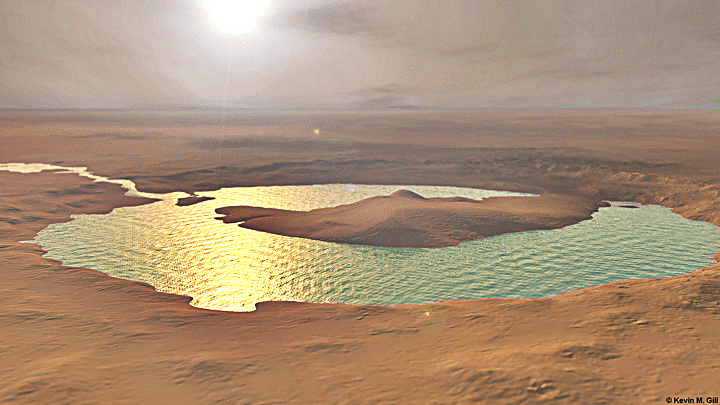An
experiment currently on the International Space Station (ISS) has reached an
incredibly low temperature, just a fraction of a degree above absolute zero,
setting a new record for the lowest temperature ever achieved in space.
The
experiment is the Cold Atom Laboratory (CAL) and its goal is to create a state
of matter like no other, referred to as the fifth state of matter as it differs
from liquids, gases, solids, and plasma: a Bose-Einstein Condensate (BEC). This
is the first ever BEC produced in orbit.
A BEC is a
particular state of matter that only happens when a low-density gas is cooled
to ultra-low temperatures; atoms behave more like waves than particles in these
conditions. The wave nature of matter is only typically observable in the
minutest scales, but in a BEC this is macroscopic. The atoms begin to act like
a single wave, becoming indistinguishable from one another. Studying this
system is telling us what physics is like at its extremes.
"Having a BEC experiment operating on the space station is a dream come true," Robert Thompson, CAL project scientist from NASA's Jet Propulsion Laboratory, said in a statement. "It's been a long, hard road to get here, but completely worth the struggle, because there's so much we're going to be able to do with this facility."
CAL has
reached temperatures of about 100 nanokelvins, significantly colder than outer
space, which is at 3 Kelvins (-270.15°C/ -454.27°F) but not yet close to
experimental records reached on Earth. The team has their eyes on those
temperatures but there is a more important advantage in being in space: the
BECs are longer-lived so can be studied for longer.
BECs are
created within atom traps, created using magnetic fields or lasers. Low-density
gas within the traps experiences decompression cooling as the atoms trap
expand. The longer the gas is in the trap the cooler it gets. On Earth, because
of gravity, BECs can only be studied for a fraction of a second. CAL allows for
individual BECs that last between 5-10 seconds, and it's possible to repeat the
experiment for up to six hours a day.
"CAL is an extremely complicated instrument," added Robert Shotwell, chief engineer of JPL's astronomy and physics directorate. "Typically, BEC experiments involve enough equipment to fill a room and require near-constant monitoring by scientists, whereas CAL is about the size of a small refrigerator and can be operated remotely from Earth. It was a struggle and required significant effort to overcome all the hurdles necessary to produce the sophisticated facility that's operating on the space station today."
CAL is
currently in its commissioning phase, still being tested. It will start science
operations in September and there are many scientists worldwide queueing up to
use it over the next three years.

Post A Comment:
0 comments: